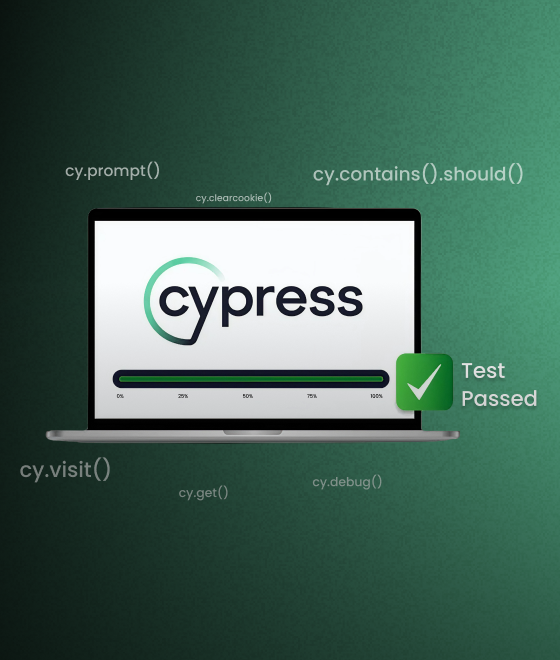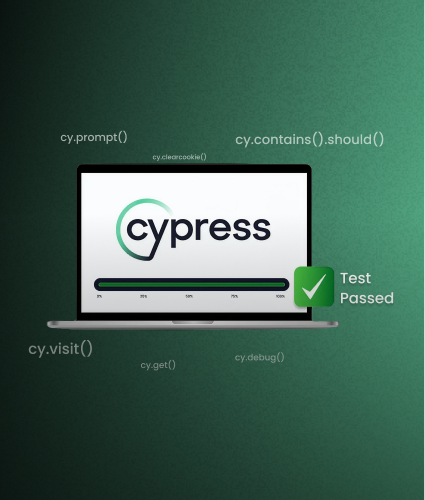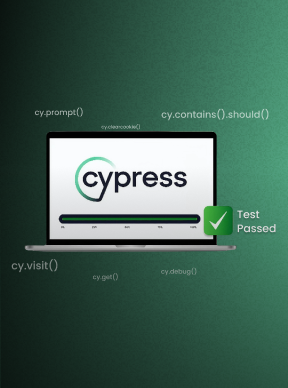When building modern web applications, APIs (Application Programming Interfaces) are the backbone that enables communication between different software systems. Two terms often encountered in the API domain are REST and RESTful. While they are related, they are not identical. This article explores the differences between REST and RESTful APIs with real-life examples, practical experiences, and insights to deepen your understanding.
What is REST?
REST (Representational State Transfer) is an architectural style for designing networked applications. It was introduced by Roy Fielding in 2000. REST provides a set of guidelines and principles to structure and design APIs effectively.
Key Principles of REST
- Statelessness: Each API call must contain all the necessary information to complete the request. The server does not store the client state.
- Client-Server Architecture: The client and server are separate entities. The client handles the user interface, while the server manages data and processing.
- Uniform Interface: REST APIs use standard HTTP methods (GET, POST, PUT, DELETE) and a consistent approach to resource naming.
- Cacheability: Responses should explicitly define whether they are cacheable to improve performance.
- Layered System: APIs can use intermediary layers like load balancers or gateways without affecting the client-server interaction.
- Code on Demand (Optional): Servers can extend client functionality by sending executable code (e.g., JavaScript).
What is a RESTful API?
A RESTful API is an implementation of REST principles. While REST is a set of rules, RESTful APIs are the practical applications of those rules. For an API to be RESTful, it must adhere to all the REST principles outlined above.
Example of RESTful API in Action
Imagine you are building an e-commerce platform. Here’s how RESTful API endpoints might look:
- GET /accounts: Retrieve a list of accounts.
- GET /accounts/{id}: Retrieve details of a specific account.
- POST /accounts: Add a new account.
- PUT /accounts/{id}: Update an existing account.
- DELETE /accounts/{id}: Delete an account.
These endpoints use HTTP methods consistently to perform actions on resources (in this case, accounts), making the API RESTful.
REST vs RESTful API: Key Differences
Concept vs Implementation
- REST: REST (Representational State Transfer) is an architectural style or set of principles that guide the design of APIs. It defines how resources should be represented and interacted with over the network.
- RESTful API: A RESTful API is an implementation of the REST architectural principles. It follows the rules set by REST to deliver a practical and functional interface for developers to interact with.
Resource Representation
- REST: Focuses on treating resources as fundamental units. Resources are represented with their unique identifiers, usually through URLs.
- RESTful API: Implements resource representation practically by defining endpoints and using consistent naming conventions (e.g., GET /users).
Use of HTTP Methods
- REST: Suggests using standard HTTP methods (GET, POST, PUT, DELETE) to perform CRUD (Create, Read, Update, Delete) operations.
- RESTful API: Applies these HTTP methods correctly and consistently. For example:
- GET /accounts: Fetch a list of accounts.
- POST /accounts: Add a new account.
Real-Life Application
- REST: Serves as the blueprint or theoretical foundation for designing APIs.
- RESTful API: Serves as a working product derived from the REST blueprint.
Real-Life Experience: Building a RESTful API for a Logistics Platform
While working on an accounting platform, Here’s how you can implement a RESTful API and address common challenges:
Requirements
- Retrieve account details.
- Update account status.
- Notify users about account updates.
RESTful API Design
- Resources Identified:
- accounts
- users
- Endpoints Defined:
- GET /accounts: Retrieve all accounts.
- GET /accounts/{id}: Retrieve details of a specific account.
- POST /accounts: Create a new account.
- PUT /accounts/{id}: Update account details.
- DELETE /accounts/{id}: delete an account.
- Error Handling:
- Standardized HTTP status codes (e.g., 404 for not found, 400 for bad requests).
- Statelessness:
- Each API call included an authentication token, ensuring no client state was stored on the server.
- Caching:
- Implemented caching for “GET /accounts” to reduce load times.
Challenges You Can Encounter
- Over-fetching Data: Clients only need an account balance, but the API returns full account details. Solution: introduce query parameters (e.g., GET /accounts?fields=balance).
- Versioning: Breaking changes requires API versioning (e.g., /v1/accounts).
- Scalability: As the user base grows, database queries will take time. Solution: Optimize queries and add indexing.
When Not to Use RESTful APIs
RESTful APIs have become a dominant approach for building web applications due to their simplicity and compatibility with HTTP standards. However, there are situations where RESTful APIs may not be the best fit for your project.
Real-Time Communication
RESTful APIs operate on a request-response model, which makes them ill-suited for real-time updates. If your application requires instant data exchange or continuous updates, such as:
- Chat Applications: Users expect real-time message delivery and typing indicators.
- Live Sports Scores: Updates should appear immediately without manual refreshing.
- Stock Market Tickers: Price fluctuations must update in real-time.
Alternative Approach: Use WebSockets or long polling to establish persistent connections for real-time communication.
High-Performance Requirements
RESTful APIs may not meet the performance demands of systems requiring low latency and high throughput. For instance:
- Video Streaming Platforms: Serving multimedia content involves intensive data transfer and requires optimization beyond what RESTful APIs can provide.
- Gaming Applications: Multiplayer games with fast-paced interactions demand sub-second response times.
Recommendation: Use Content Delivery Networks (CDNs) for static content and specialized protocols for high-performance tasks.
Long-Lived Connections
RESTful APIs are stateless, meaning each request is independent. This makes them unsuitable for scenarios requiring long-lived connections:
- Video Calls: Maintaining a continuous stream between participants.
- Real-Time Collaboration: Applications like shared document editing.
Alternative: Utilize persistent connection technologies such as WebSockets.
Best Practices for Designing RESTful APIs
- Use Nouns, Not Verbs:
- Correct: GET /users
- Incorrect: GET /getUsers
- Consistent Naming:
- Use lowercase and hyphens (e.g., /user-profiles).
- Version Your API:
- Include versioning in the URL (e.g., /v1/).
- Implement Pagination:
- For large datasets, use pagination (e.g., GET /products?page=1&size=20).
- Secure Your API:
- Use HTTPS and authentication mechanisms like OAuth 2.0.
- Error Responses:
- Always provide meaningful error messages and status codes.
Business Impact
Implementing RESTful APIs properly leads to:
- Reduced development time
- Easier maintenance
- Better scalability
- Improved client integration
- Decreased error rates
Key Takeaways
- REST Principles:
- Resource-based URLs
- Proper HTTP methods
- Stateless communication
- Uniform interface
- RESTful Benefits:
- Consistent structure
- Better scalability
- Easier documentation
- Improved maintainability
Conclusion
Understanding the differences between REST and RESTful APIs is crucial for designing efficient and scalable web applications. While REST serves as a theoretical foundation, RESTful APIs are its practical implementations. By adhering to REST principles and following best practices, developers can build APIs that are robust, easy to maintain, and user-friendly.
RESTful APIs are powerful and versatile, but they are not a universal solution. By recognizing their limitations and understanding when they may not be the best fit, you can make informed decisions about the right approach for your project. Consider your application’s specific requirements, such as real-time communication, complex data structures, or performance demands, to choose the most suitable architecture.




.svg)

.svg)



.svg)

.svg)











.png)
.png)
.png)

.png)
.png)



